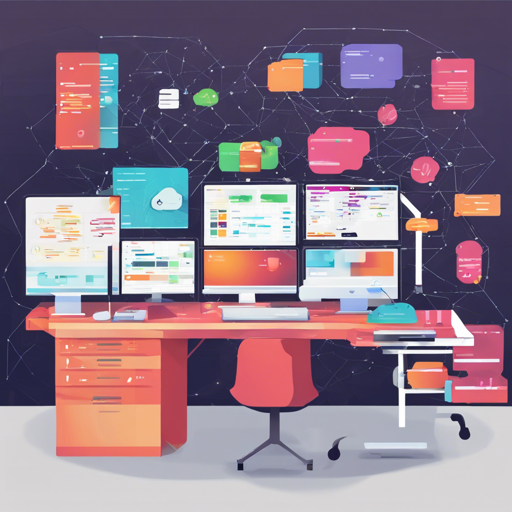In today’s fast-paced digital world, backend development has become a critical field within software engineering. From building scalable APIs to understanding database architecture, mastering the backend is tantamount to ensuring a seamless user experience on the frontend. This article serves as a guide to help you navigate the vast world of backend development featuring technologies and practices like Java, Spring, Microservices, and more!
Understanding Core Concepts
Backend development encompasses various principles and practices that make a solid foundation for any aspiring developer. Here are the crucial areas you need to understand:
- Authentication: Verifying user identity.
- API Development: Creating services that allow clients to interact with your application.
- Java Backend: Building applications using the Java programming language.
- Clean Architecture: Organizing code for maintainability and scalability.
- OAuth 2.0: Managing access permissions securely.
Building APIs
Creating a robust API allows different software components to communicate effectively. Think of APIs as bridges connecting multiple islands (services) in the ocean (internet). Each island has its unique capabilities, and the bridge allows travel (data flow) to occur smoothly.
Key Steps to Building a RESTful API
- Identify your resources (or data entities).
- Define your endpoints (URLs) based on resource actions (GET, POST, PUT, DELETE).
- Choose a framework: Spring Boot is a popular choice for Java applications.
- Implement error handling, validation, and authentication mechanisms to secure the API.
- Test your API thoroughly under different scenarios to ensure robustness.
Fun with Databases
Databases are a crucial player in the backend ecosystem. They store the data your application uses. Let’s use an analogy: consider your database as an organized library, where each book represents a piece of data. You can easily search for a book (data retrieval) and add or remove them as needed (CRUD operations).
How to Work with a Database
- Choose your database type: relational (like MySQL) or NoSQL (like MongoDB).
- Learn basic SQL commands to retrieve and manipulate data.
- Understand how to establish connections between your application and the database (JDBC for Java, JPA/Hibernate for ORM).
Troubleshooting Common Issues
Even seasoned developers run into problems. Here are a few common troubleshooting tips to keep in mind:
- If you encounter issues connecting to the database, ensure the connection string and credentials are correct.
- For API errors, check the logs to pinpoint whether the issue is occurring during client-server communication.
- If you face authentication challenges, revisit your OAuth 2.0 or JWT implementation details.
For more insights, updates, or to collaborate on AI development projects, stay connected with fxis.ai.
Conclusion
Backend development offers a fascinating blend of technical challenges and creative problem-solving. By embracing various tools and methodologies like Clean Architecture and understanding the principles behind technologies like Java and Spring, you will set yourself up for success in this dynamic field.
At fxis.ai, we believe that such advancements are crucial for the future of AI, as they enable more comprehensive and effective solutions. Our team is continually exploring new methodologies to push the envelope in artificial intelligence, ensuring that our clients benefit from the latest technological innovations.

